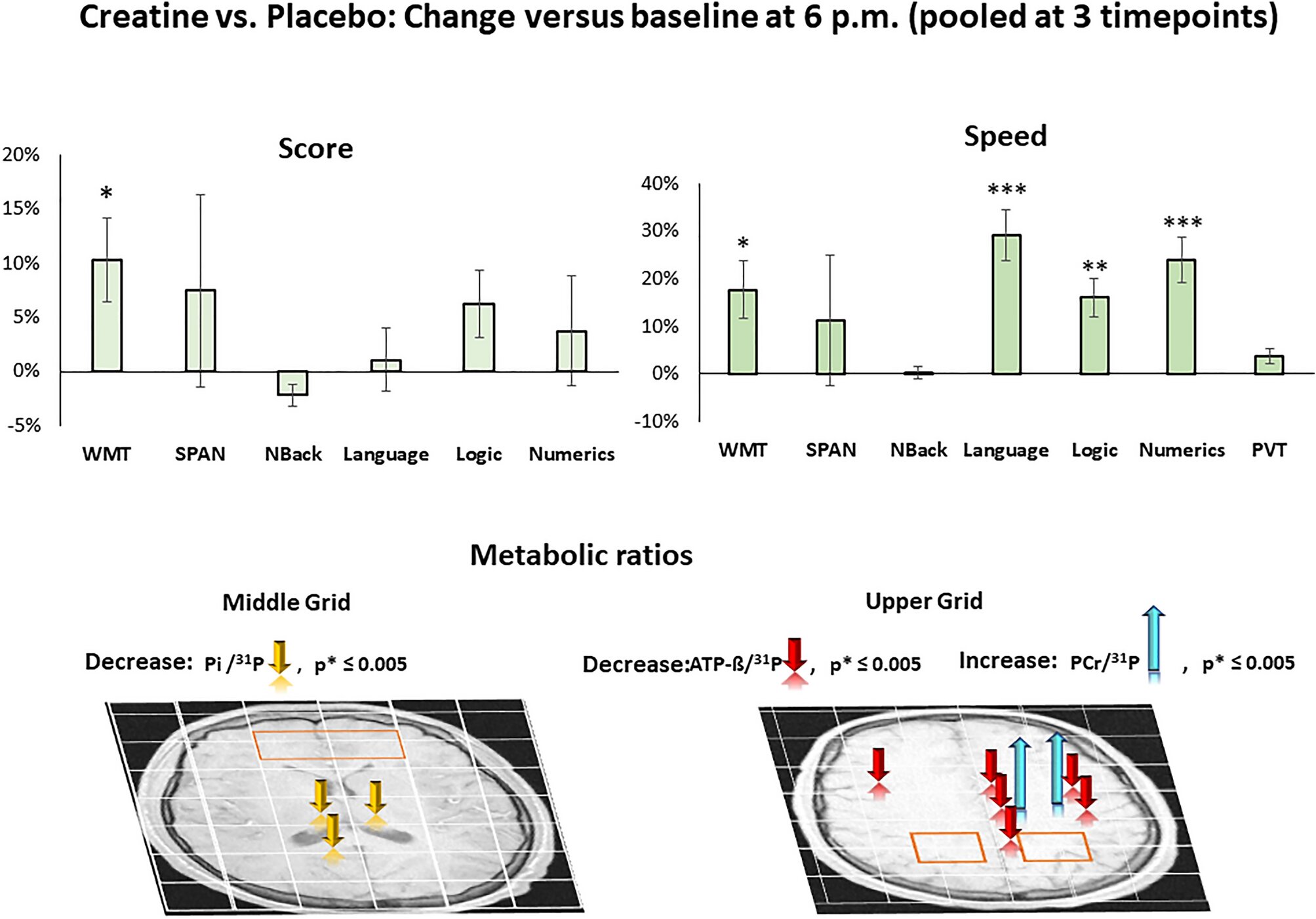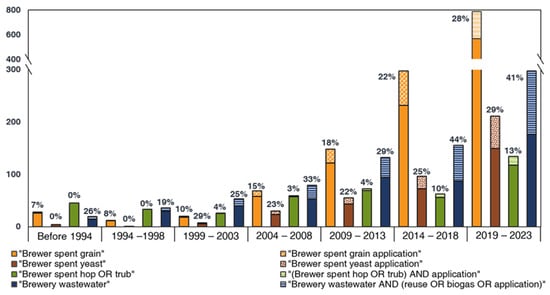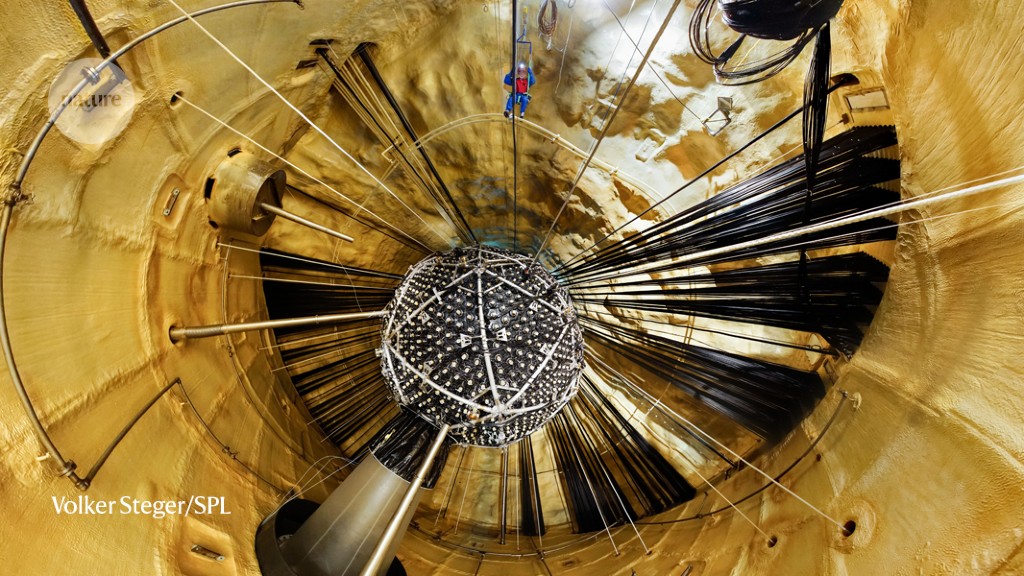
The vanishing neutrinos that could upend fundamental physics
You can also search for this author in PubMed Google Scholar
Italian physicist Ettore Majorana notoriously disappeared in 1938 without leaving a trace. His favourite elementary particles, neutrinos, might be capable of a similar vanishing act. Several new or upgraded experiments around the world are racing to show that an extremely rare kind of nuclear decay that normally produces two neutrinos might occasionally yield none.
These experiments have received less funding or attention than efforts to detect dark matter, but their impact across physics could be just as significant. The phenomenon of disappearing particles would suggest that neutrinos and antineutrinos, their antimatter counterparts, are one and the same — a possibility that Majorana first theorized1 in the 1930s.
Such ‘Majorana neutrinos’ could be the key to understanding why the Universe seems to contain very little antimatter (see ‘Questions that could be answered if neutrinos are Majorana particles’). Moreover, they would prove that unlike all other known particles of matter, such as electrons or quarks, neutrinos don’t get their mass from the Higgs boson.

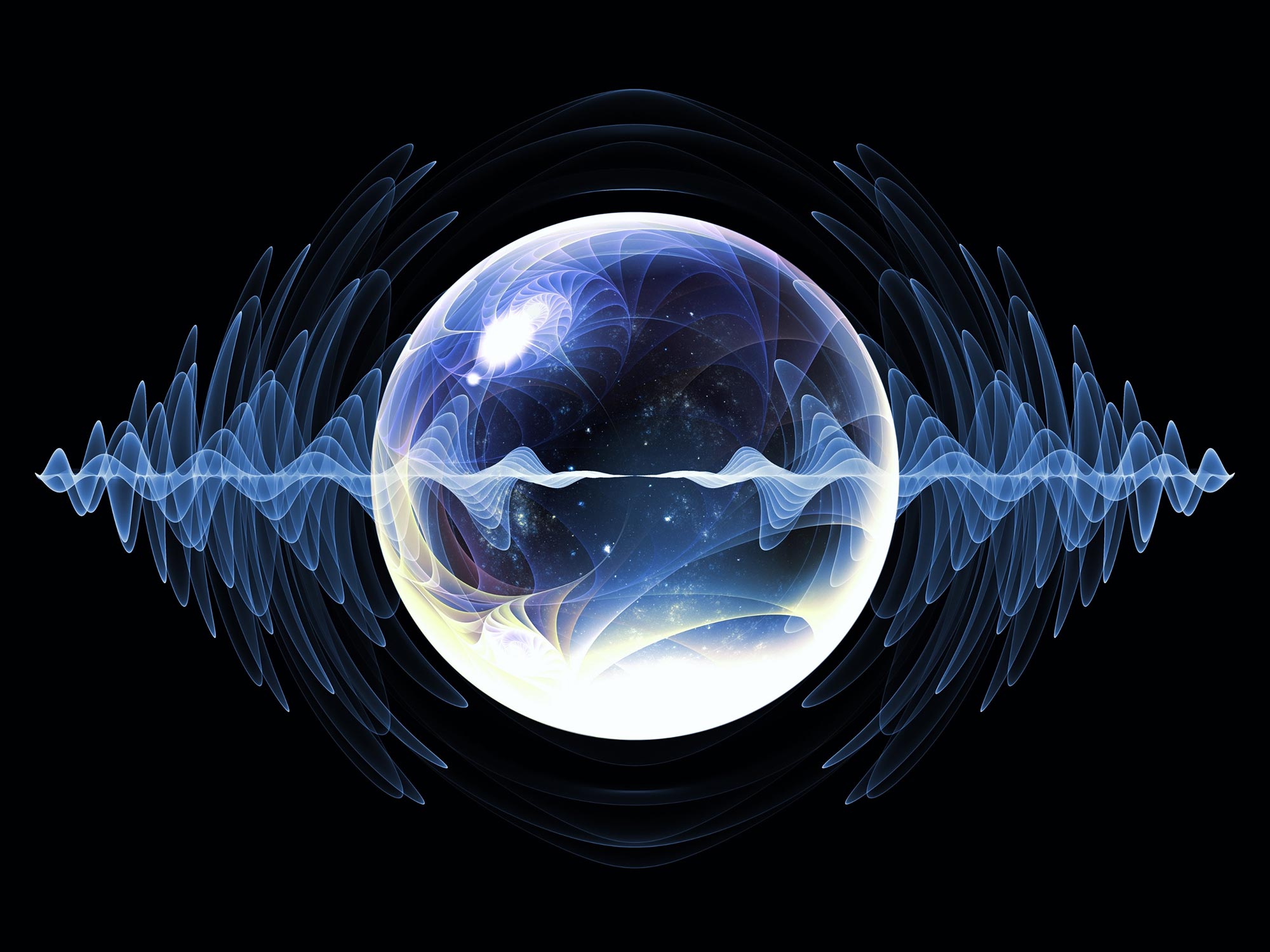


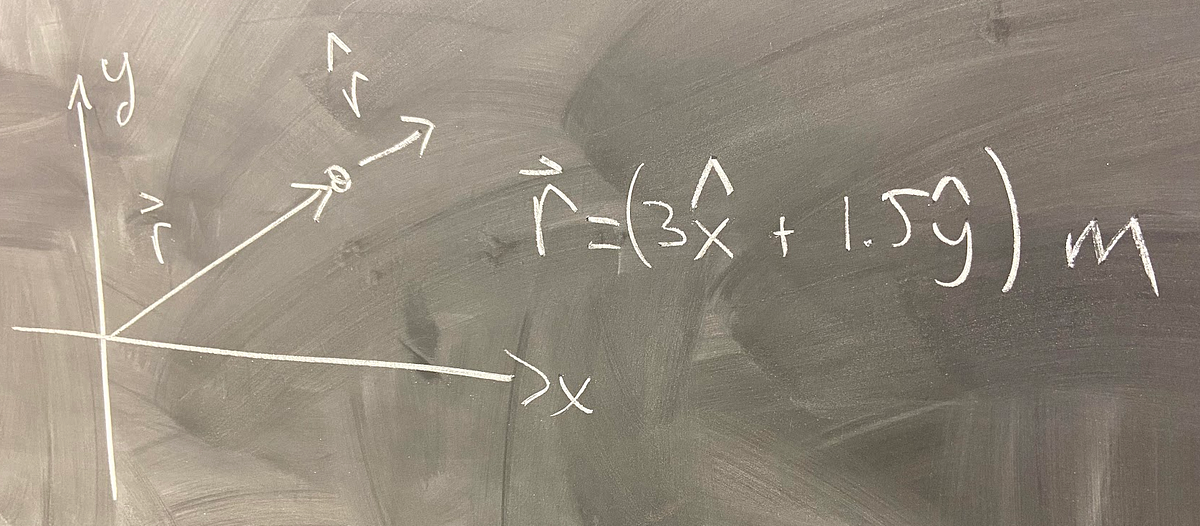
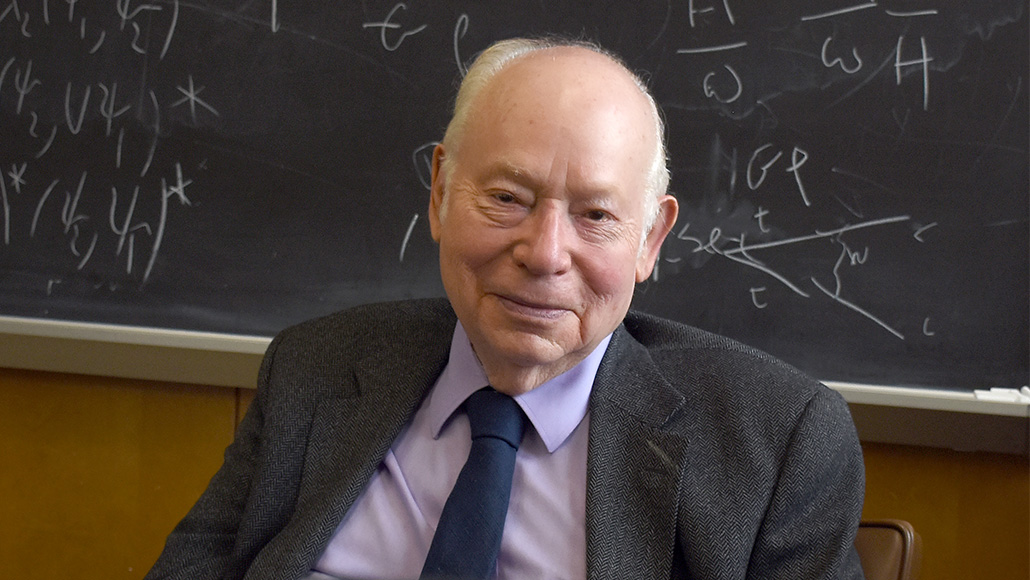
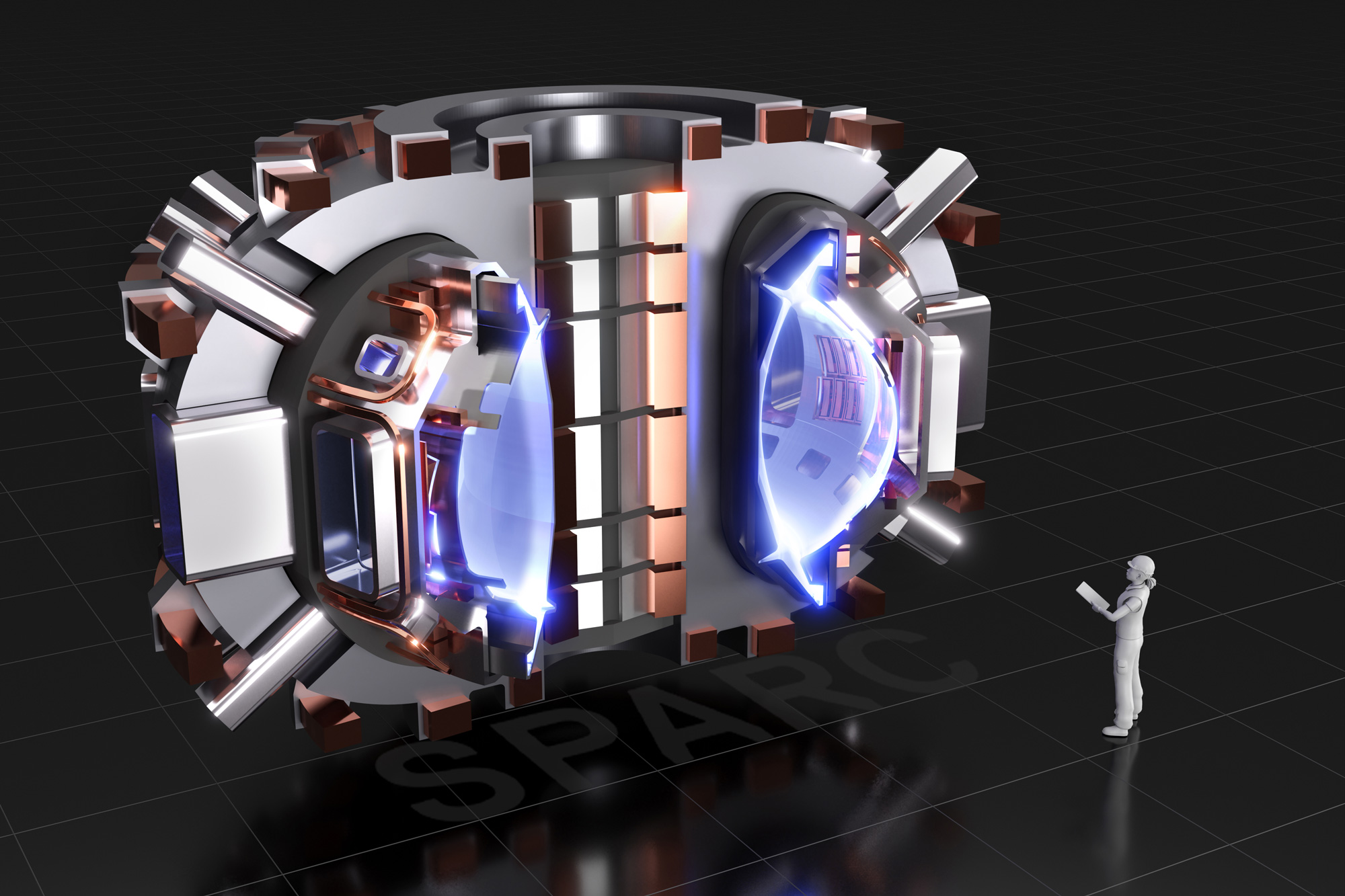
/cdn.vox-cdn.com/uploads/chorus_asset/file/24801728/Screenshot_2023_07_21_at_1.45.12_PM.jpeg)



